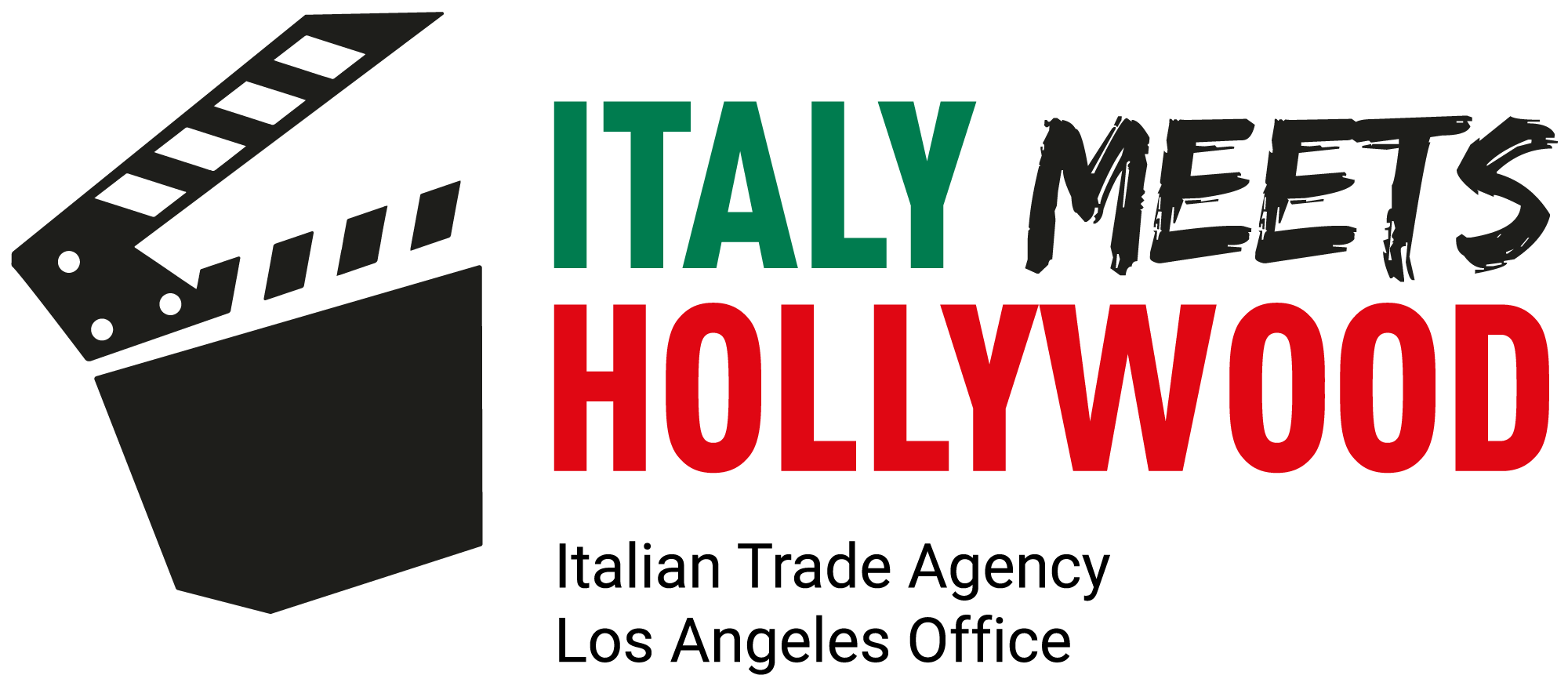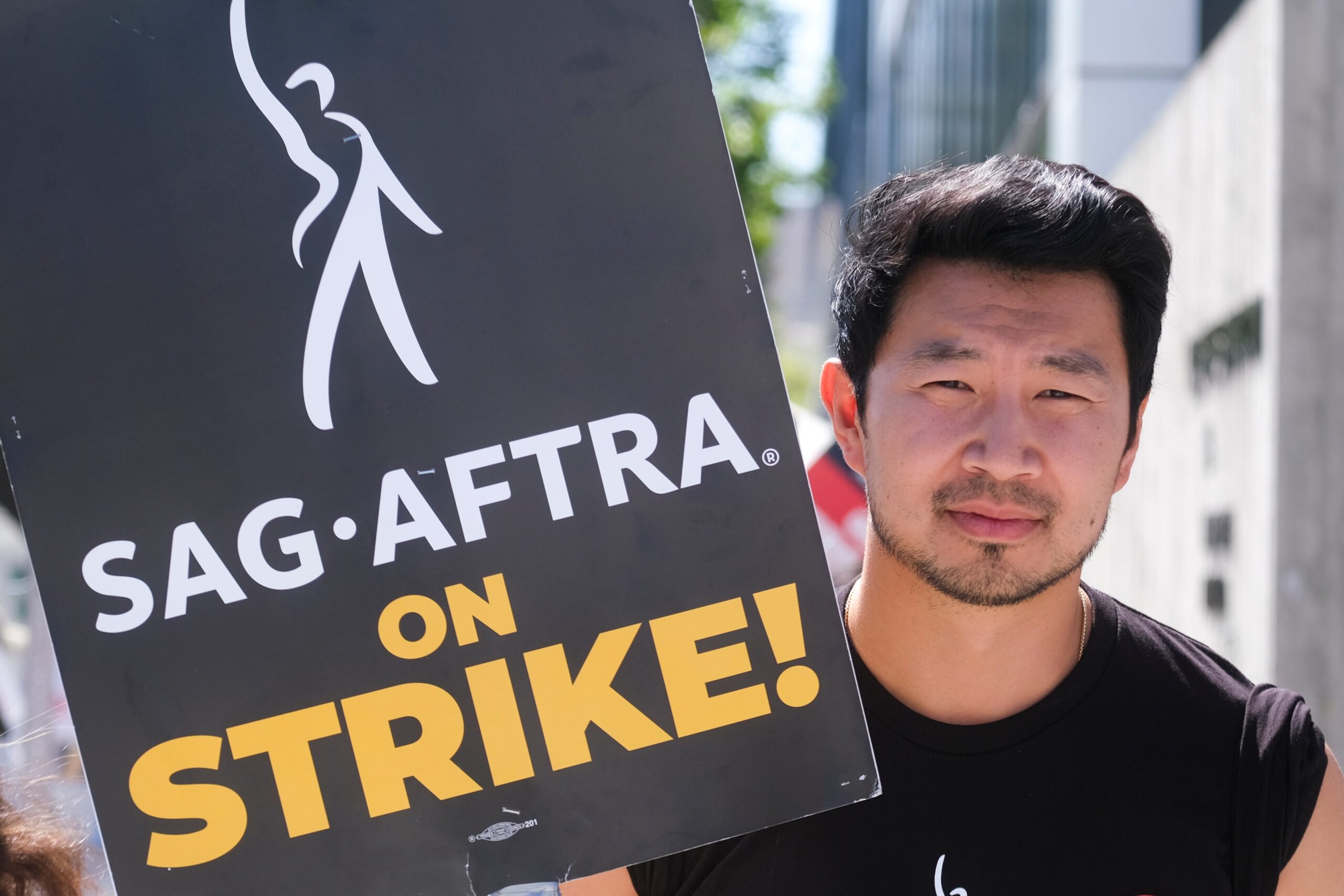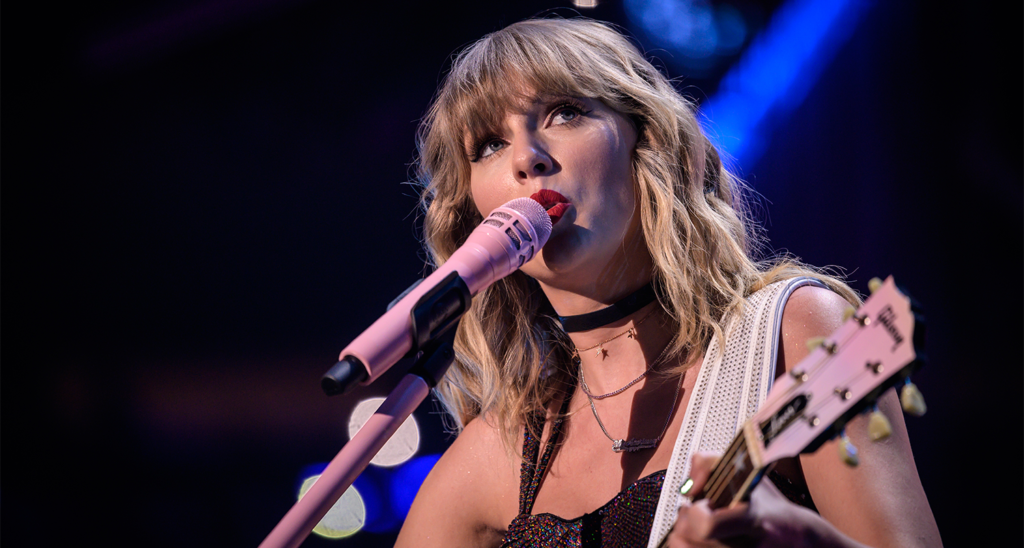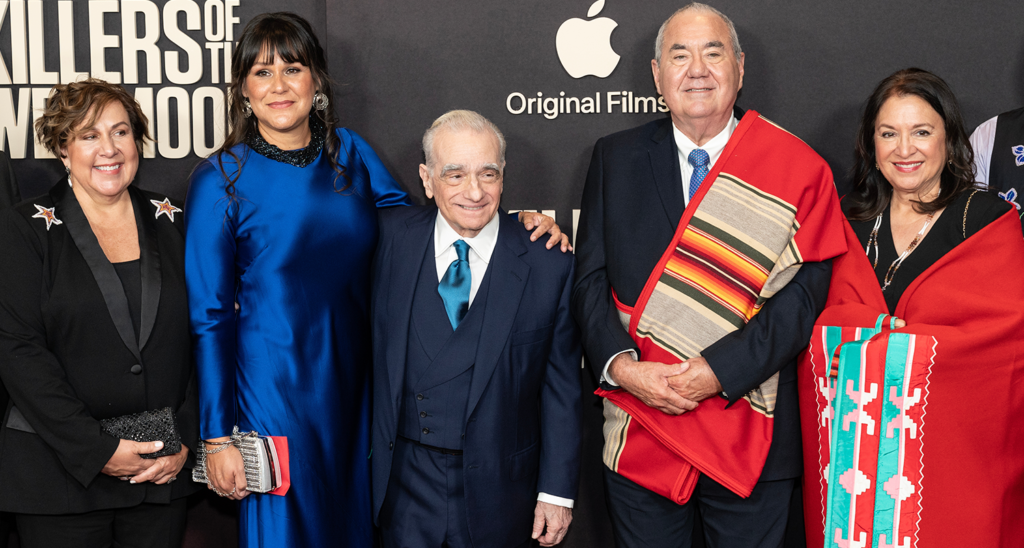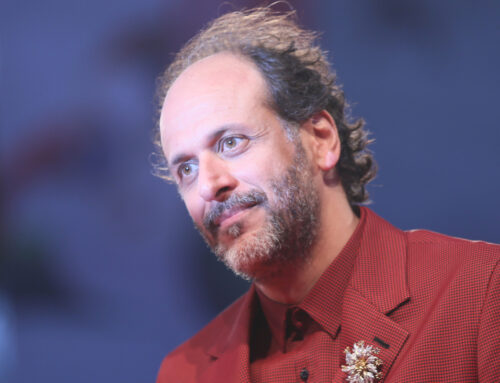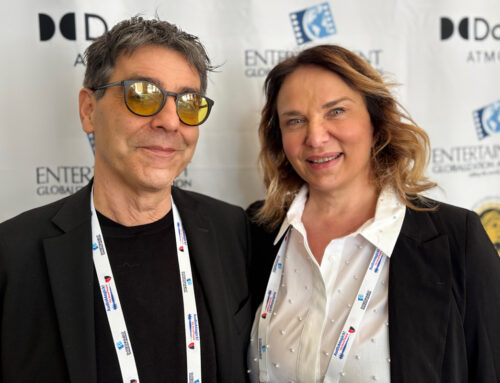SAG-AFTRA Strike Negotiations Continue Amid Growing Restlessness
The actor’s strike entered its fourth month, and negotiations with major studios are intensifying.
Recent developments suggest both sides are inching closer to a deal. Still, several contentious issues remain unresolved, and 3600 SAG-AFTRA members signed a letter stating that they would rather stay on strike than get a mediocre deal.
The industry anxiously watches as the fate of the 2023-24 TV season and the 2024 summer box office hangs in the balance, but the light at the end of the tunnel seems in sight.
SAG-AFTRA responded to the latest proposal from major studios, raising hopes negotiations will continue, and a potential talk breakdown will be avoided. The stakes are high.
One of the critical issues at the heart of the negotiations is the minimum rates for actors in the first year. SAG-AFTRA initially demanded an 11% increase, while the studios stood at 7%. Now, the union has adjusted its position, reducing the demand to a 9% increase, moving closer to the studios’ stance. However, despite this concession, some caution against becoming overly optimistic, as nothing has been definitively resolved.
Amid the ongoing negotiations, the issue of artificial intelligence (AI) remains a point of contention. While some progress has been made in this area, SAG-AFTRA insists on having the authority to veto the use of AI in creating digital replicas. The Alliance of Motion Picture and Television Producers (AMPTP) has agreed to obtain consent from performers but refuses to grant the union a veto right.
Apart from the minimum rates and AI, various unresolved matters may require considerable time and effort. The complexity of these negotiations highlights the challenges both sides face in reaching a comprehensive agreement.
One of the standout demands from SAG-AFTRA is a revenue share from streaming platforms, amounting to 57 cents per global subscriber. This demand could generate around $500 million annually. The studios have rejected this proposition, deeming it “untenable,” and instead offered an increased bonus structure for the most-watched shows. These differing approaches reflect the ongoing struggle between actors and studios to adapt to the evolving entertainment landscape.
The studios also made a better offer for a minimum rate increase, from 5% to 7%, breaking away from the 5% rate offered to the Writers Guild of America and the Directors Guild of America. This change is seen as a way to demonstrate that the months of picket lines were worthwhile for SAG-AFTRA members.
However, the total value of the Alliance of Motion Picture and Television Producers’ proposal remains a point of contention. While the studios estimate it at approximately $1.3 billion over three years, SAG-AFTRA contends that this figure is inflated, as it doesn’t account for actors who earn above minimum rates. The union argues that the actual value is closer to $800 million.
The prolonged strike has led to a growing sense of restlessness among some SAG-AFTRA actors. “Members in Solidarity,” a group that includes prominent names like Julia Louis-Dreyfus, Jon Hamm, Maya Hawke, Marisa Tomei, John Leguizamo, and Bryan Cranston, expressed in an open letter its unwavering support for the SAG-AFTRA negotiating committee, emphasizing their readiness to strike as long as it takes to secure a deal that aligns with their collective goals.
These developments indicate a critical juncture in the ongoing strike, with increasing numbers of members eager to return to work. Last week, a group of A-list actors, led by George Clooney, presented alternate proposals to break the stalemate. SAG-AFTRA President Fran Drescher, however, rejected them, citing labor law violations.
Source: Variety
Share:
The actor’s strike entered its fourth month, and negotiations with major studios are intensifying.
Recent developments suggest both sides are inching closer to a deal. Still, several contentious issues remain unresolved, and 3600 SAG-AFTRA members signed a letter stating that they would rather stay on strike than get a mediocre deal.
The industry anxiously watches as the fate of the 2023-24 TV season and the 2024 summer box office hangs in the balance, but the light at the end of the tunnel seems in sight.
SAG-AFTRA responded to the latest proposal from major studios, raising hopes negotiations will continue, and a potential talk breakdown will be avoided. The stakes are high.
One of the critical issues at the heart of the negotiations is the minimum rates for actors in the first year. SAG-AFTRA initially demanded an 11% increase, while the studios stood at 7%. Now, the union has adjusted its position, reducing the demand to a 9% increase, moving closer to the studios’ stance. However, despite this concession, some caution against becoming overly optimistic, as nothing has been definitively resolved.
Amid the ongoing negotiations, the issue of artificial intelligence (AI) remains a point of contention. While some progress has been made in this area, SAG-AFTRA insists on having the authority to veto the use of AI in creating digital replicas. The Alliance of Motion Picture and Television Producers (AMPTP) has agreed to obtain consent from performers but refuses to grant the union a veto right.
Apart from the minimum rates and AI, various unresolved matters may require considerable time and effort. The complexity of these negotiations highlights the challenges both sides face in reaching a comprehensive agreement.
One of the standout demands from SAG-AFTRA is a revenue share from streaming platforms, amounting to 57 cents per global subscriber. This demand could generate around $500 million annually. The studios have rejected this proposition, deeming it “untenable,” and instead offered an increased bonus structure for the most-watched shows. These differing approaches reflect the ongoing struggle between actors and studios to adapt to the evolving entertainment landscape.
The studios also made a better offer for a minimum rate increase, from 5% to 7%, breaking away from the 5% rate offered to the Writers Guild of America and the Directors Guild of America. This change is seen as a way to demonstrate that the months of picket lines were worthwhile for SAG-AFTRA members.
However, the total value of the Alliance of Motion Picture and Television Producers’ proposal remains a point of contention. While the studios estimate it at approximately $1.3 billion over three years, SAG-AFTRA contends that this figure is inflated, as it doesn’t account for actors who earn above minimum rates. The union argues that the actual value is closer to $800 million.
The prolonged strike has led to a growing sense of restlessness among some SAG-AFTRA actors. “Members in Solidarity,” a group that includes prominent names like Julia Louis-Dreyfus, Jon Hamm, Maya Hawke, Marisa Tomei, John Leguizamo, and Bryan Cranston, expressed in an open letter its unwavering support for the SAG-AFTRA negotiating committee, emphasizing their readiness to strike as long as it takes to secure a deal that aligns with their collective goals.
These developments indicate a critical juncture in the ongoing strike, with increasing numbers of members eager to return to work. Last week, a group of A-list actors, led by George Clooney, presented alternate proposals to break the stalemate. SAG-AFTRA President Fran Drescher, however, rejected them, citing labor law violations.
Source: Variety
